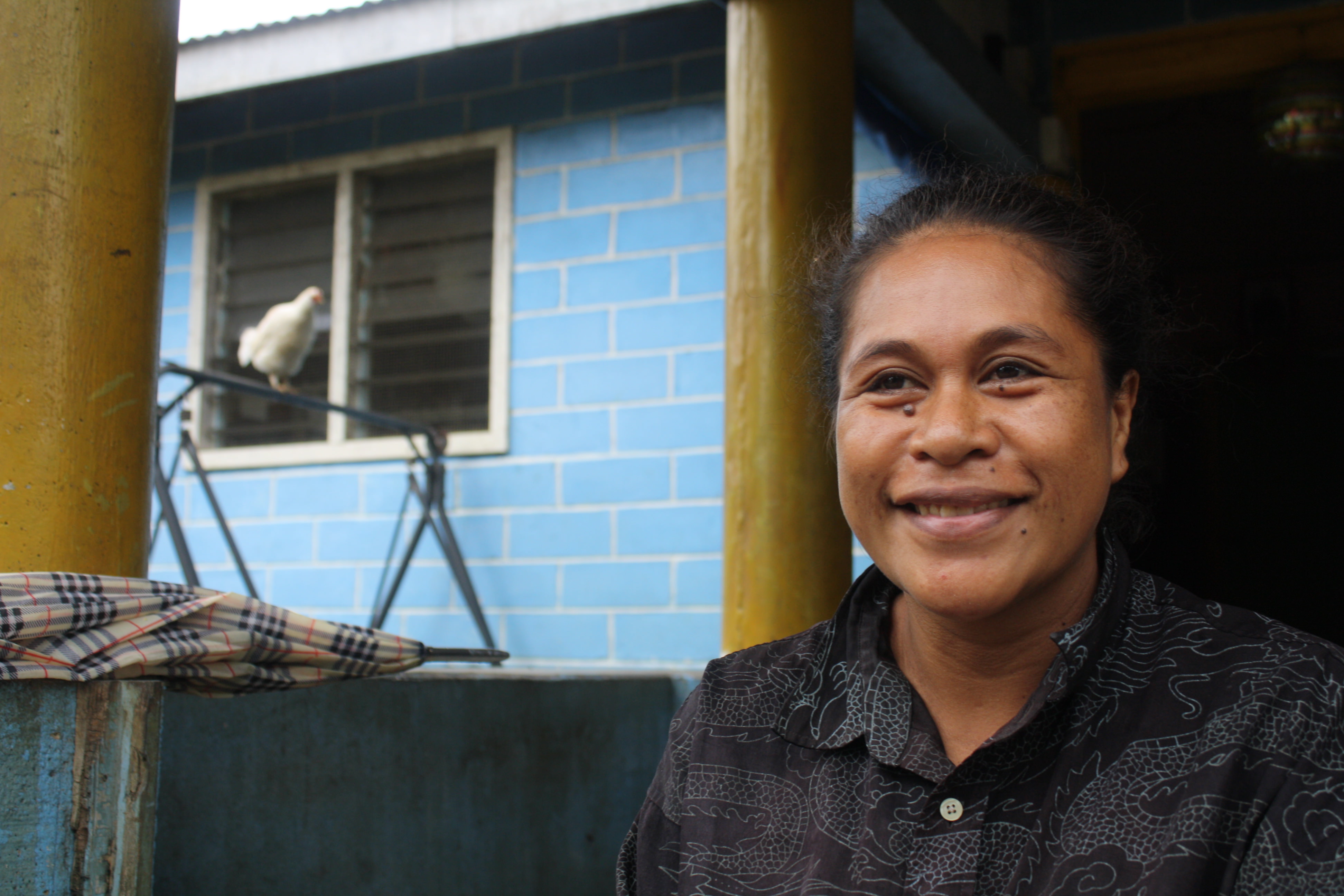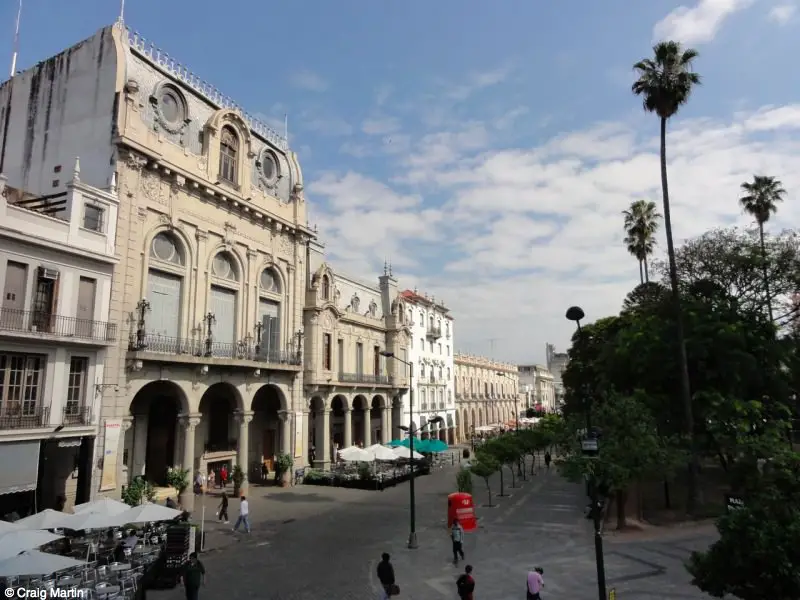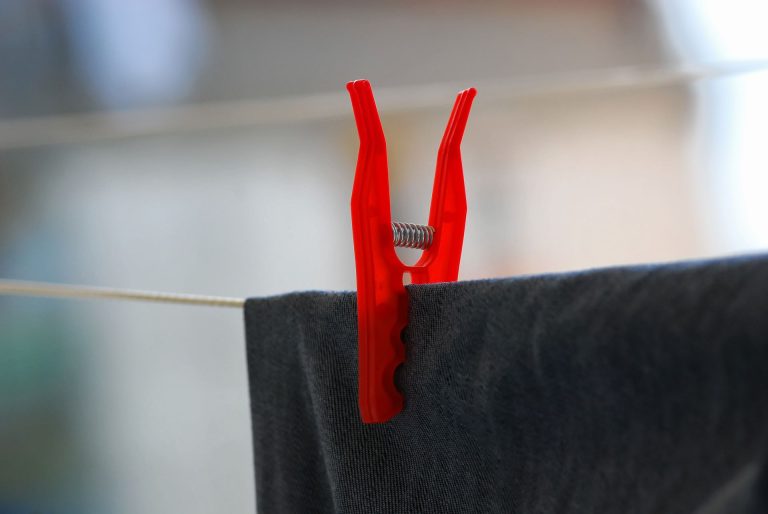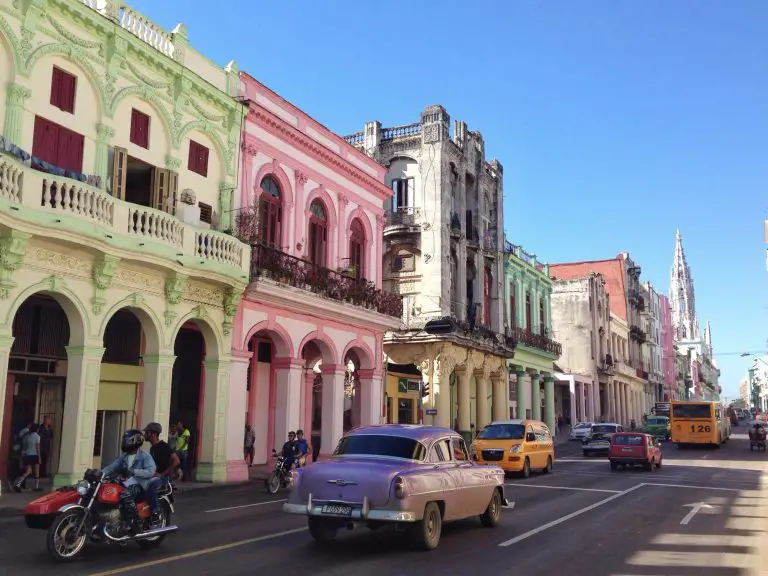Poverty, travel and micro-lending: an interview with Kiva’s Giovanna Masci
Travel can bring us face to face with poverty that seems to have no solution. It’s something we’ve struggled with as we travel, and we’re sure you’ve felt its effects as well.
One way to help alleviate poverty is through micro-lending to small businesses. In today’s podcast, we talk with Giovanna Masci about microlending through Kiva.
To listen, hit play below or find episode 244 in iTunes or Soundcloud:
Giovanna Masci is the Senior Director, Global Portfolio at Kiva.org. She has a specific interest in Latin America, and has worked on community development projects in Mexico and Paraguay, and has done research on the interplay between eco-tourism and economic development in Costa Rica. Giovanna holds a B.A. in Economics from Yale University and an M.B.A from the Yale School of Management. In a wide-ranging talk, we cover some of the following topics.
What is Kiva?
Kiva.org is the world’s first and biggest micro-lending website.
Lenders can make $25 contributions to projects outlined on the website. The borrowers are charged interest, which funds and grows the lending organisation, while the lender gets back their capital according to a payment schedule, which can be withdrawn, or loaned back to another borrower.
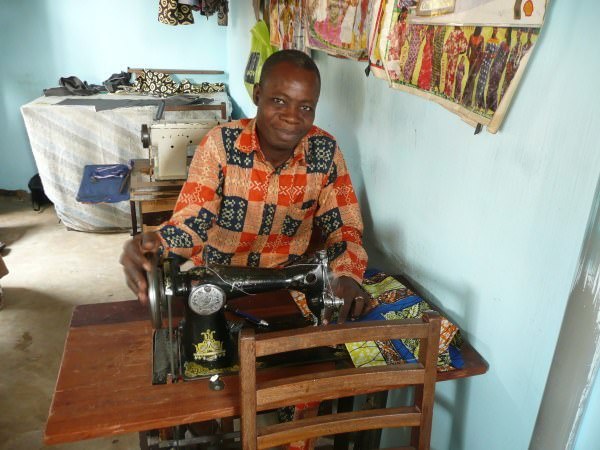
How does micro-lending work alongside aid?
Giovanna focussed on the empowerment of personal responsibility on the part of the borrower. While aid money can feel disempowering, building a credit record through these non-traditional services, people are able to build their business and, eventually, may be included in the traditional finance system.
Typical businesses that make use of Kiva’s loans include home-based craft stores, small retailers expanding their stock, and farmers who buy fertilizer, seeds, or whatever resources are needed for their animals.
Kiva and its field partners.
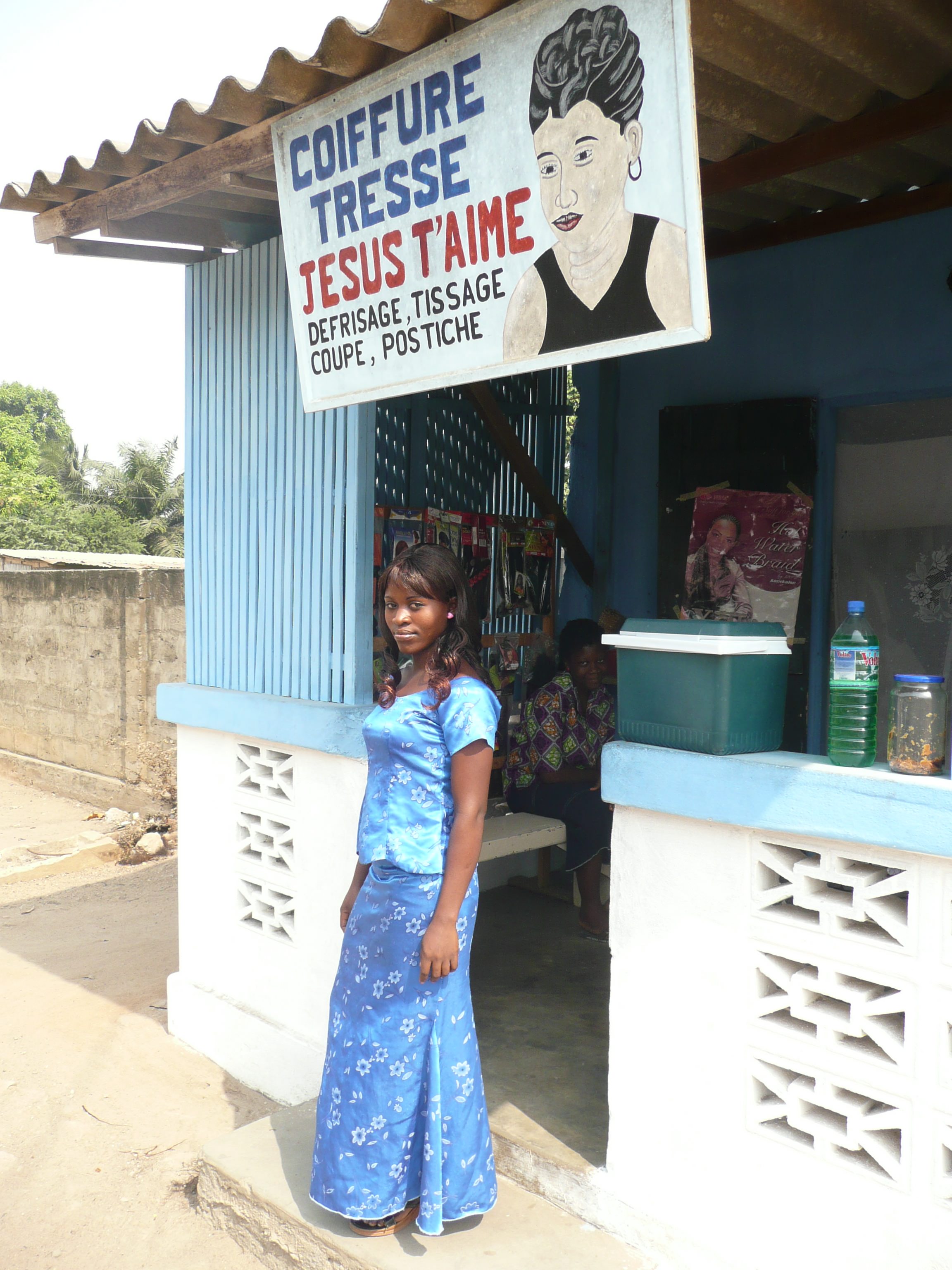
Kiva doesn’t directly loan the money to borrowers. It relies on a network of ‘field partners’ — local lending institutions that facilitate the loans. Often the loans are pre-disbursed, although the lenders’ repayments are tied to the project chosen.
Indie Travel Podcast listener Patrick Murphy wrote on Facebook, questioning the interest rates and fees for the field partners — since they’re making money, why aren’t you… the lender who’s funding the loan. He also noted the extremely high cost of some of the interest rates and charges.
Since Patrick wrote in after we had done the interview, we weren’t able to ask Giovanna directly about this, but she did have this to say about Kiva’s partners:
“We look very carefully at both the financial and social aspects of that institution to ensure that: one, we’re partnering with an organisation that from a financial perspective that we have some level of confidence that they can effectively manage this money that is being channeled through them; and from a social perspective, that the interest rates they are charging are in line with the market; and that they have a strong social mission; and also that they are using Kiva funds to reach borrowers that they otherwise may not have been able to reach, [or could only reach] with a source of capital that would otherwise have been at a higher interest rate. ”
And much more
We talk much more about the pros and cons of group-based funding, what happens when the working poor cannot repay loans due to circumstances outside their control, where micro-finance fits into the aid/grants/voluntary work set of interventions against poverty, and when it’s a bad fit for an individual or community.
“What we don’t want to do with microfinance, is to create a situation where your’re saddling people with debt who shouldn’t be managing debt.”
To listen to the full interview, hit play above, find episode 244 in iTunes, or search for “indie travel” in any podcasting application.
Want to give it a go?
You can explore Kiva and make your first $25 loan risk-free. You can also join the Indie Travel Podcast lending group: to date, Indie Travel Podcast listeners have lent over US$14,000. We’d love to see that number surpass $20,000 by the end of the year.
Get your free trial here. (While they last!)
All images in this article were supplied by Kiva.org.

